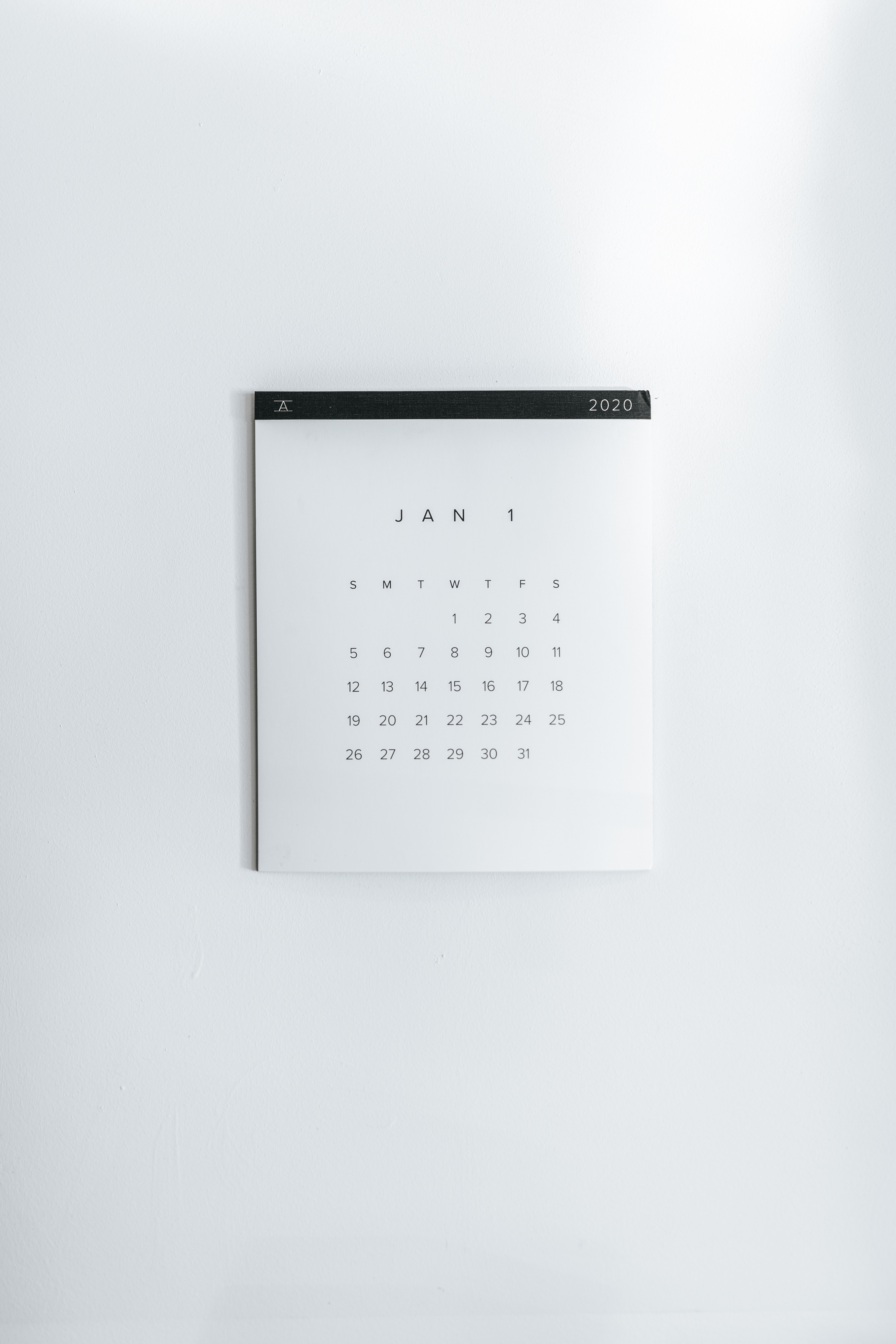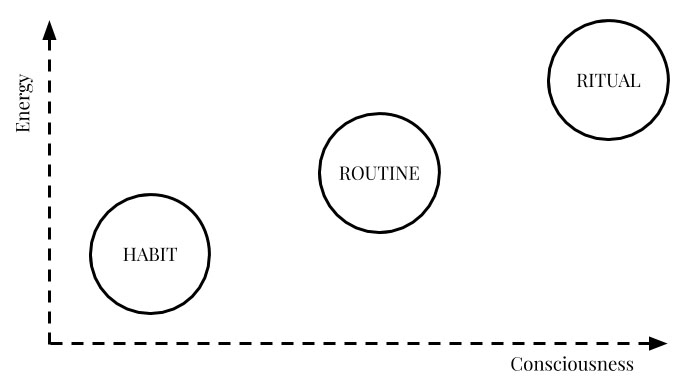
⚠️ Time to BeReal. ⚠️ By now you’ve seen—and more likely heard—this notification go off at a random time each day. You take a two-minute break to snap a photo—maybe a few times to get a nice one—and share it with your friends. BeReal’s novel mechanic is representative of an emerging era of social media that stands apart from the legacy social media giants we all know.
Big social—my moniker for the collective of Facebook, Instagram, Twitter, TikTok, and YouTube—is emblematic of what I call habitual social. Habitual social apps depend on having a large daily user base, usually measured as daily active users, or DAUs. The more time each user spends, the happier the platform.
Habitual social apps thrive off of your bad habits—things that you’ve become wired to do. The notorious “doomscrolling” means consuming until you run out of content, you’re interrupted, or you’re painfully aware of the time sink. This is increasingly my experience using Twitter, YouTube, and TikTok, and, in a past era, Instagram and Facebook.
Some things feel different, though—taking a few moments out of my day to play Wordle or post to BeReal. I do these consciously and attentively, as daily rituals, and I’m optimistic that social products can foster rituals, not just habits. Ritual social apps aim to create regular, purposeful moments, even if small ones; they’re at their best as a mindful microdose of meaning and feel-good.
In consumer social, rituals have been likened to just a feature, a mechanic, or a new entry strategy. They haven’t been celebrated as the main thing. But I see huge potential for rituals to be a core element of social products. In fact, I believe the next era of social will be defined by products that create rituals rather than habits.
Habit vs. routine vs. ritual
Habits are things we do that get so ingrained that they become automatic. They come with familiar urges to do something, usually triggered by a cue. We might have the urge to check our phone for messages, emails, and likes as soon as we wake up each morning (or when we get a notification).
We can develop habits around work, play, or patterns of thinking. They can give us highs (the dopamine hits), reinforcing habits and even pushing to addiction. Not all habits are bad, but the bad ones are hard to stop because they’re so ingrained.
The difference between habit, routine, and rituals. (Source: Ness Labs)
Routines require more commitment to maintain. For many of us, going to the gym or intermittent fasting are routines; we have to make a conscious effort to maintain them, or else we’ll stop.
Rituals require the most intention. Rituals have meaning beyond the action itself; they celebrate the purpose, the “why” of a repeated action. A daily meditation practice or even a few moments of quiet while solving the New York Times crossword can be rituals that give us comfort and joy.
Colloquially, we think of a ritual as something we do regularly and in the same way every time. Definitions aside, a ritual has a few key characteristics:
- It’s intentional. You consciously engage and are present.
- It’s participatory. You’re active rather than passive.
- It’s meaningful. It’s valuable beyond the action itself or any utility. It’s often emotional—e.g. nostalgic, fun, celebratory, identity-forming.
- It’s consistent. It’s reliable in timing, expectation, quality, etc.
- It’s finite. There’s a constraint around time, effort, or action itself.
Ritual social apps in the wild
Most of the experiences we think of as rituals happen IRL. But rituals can be created online or in an app, and they can be social.
I’ve explored building ritual-based products since last year, unlocking meaningful moments in the process. It’s become clear to me that rituals can be built around both traditional social products (e.g., sharing photos with friends) and around social games or tools.
Here’s a run-down of apps in the wild (i.e., in the app store or on the public web) whose core experience offers many, if not all, of the “ritual” traits described above. Four of these eight apps have previously raised funding from VCs (a total of $100 million reported to date); others are bootstrapped or, if new, still choosing a path forward.
BeReal: Share an authentic front-back selfie with friends once a day. Users are notified simultaneously to share a spontaneous photo every day at a different time. It’s about literally being real; you only have two minutes to post, with no filters. The “give-to-get” mechanism—you must post to unlock your friends’ posts—makes you actively engage. BeReal is leading the new wave of friend-focused, photo-sharing apps and reportedly has over 20 million DAUs. (As an early investor, I’m a bit biased.)
Cappuccino: Share daily updates with friends as a mini-group podcast. Every day at the same time of your choosing, you’re asked to record a short audio clip of less than three minutes. The final compilation is shared to the group the next morning.
Dispo: Take retro-style photos that you can’t see until tomorrow. It’s about capturing spontaneous moments, not attaining selfie perfection. You can take pics any time but they’re only “developed” once a day—the epitome of “create whenever but wait to consume.”
The Only Subscription
You Need to
Stay at the
Edge of AI
The essential toolkit for those shaping the future
"This might be the best value you
can get from an AI subscription."
- Jay S.
Join 100,000+ leaders, builders, and innovators

Email address
Already have an account? Sign in
What is included in a subscription?
Daily insights from AI pioneers + early access to powerful AI tools







Comments
Don't have an account? Sign up!
This is my first experience with Every, or anything about "ritual social apps. I am very interested in Dan Shipper's intention of building a ritual Journaling app. I'm not a very social person, an introvert actually. Dan's idea has great appeal to me.
@lewisma9 glad to have you here!! It's awesome that you're into the GPT-3 journal experiments I've been working on. I think Anu's article here has a ton of relevance to those experiments! I'm glad you commented, it's giving me good reason to reread it.